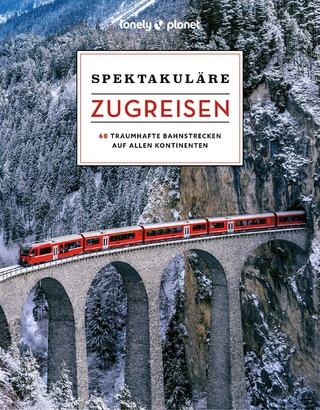
Peak District Mining and Quarrying: Images of England
Seiten
1997
The History Press Ltd (Verlag)
978-0-7524-1710-3 (ISBN)
The History Press Ltd (Verlag)
978-0-7524-1710-3 (ISBN)
- Titel z.Zt. nicht lieferbar
- Versandkostenfrei innerhalb Deutschlands
- Auch auf Rechnung
- Verfügbarkeit in der Filiale vor Ort prüfen
- Artikel merken
A history of Peak District mining and quarrying
Open moors, deep valleys, ancient villages and roadways: the Peak District nowadays is often looked on as a 'playground' for walkers, climbers and those who simply come to appreciate its beauties. But this was also one of England's most important industrial areas, with a history of mining and quarrying stretching back to Roman times and before.
Until the late eighteenth century it was lead alone for which the Peak was famous. In late medieval times the purity of the metal made it particularly suitable for sheet lead and it thus roofed a substantial number of churches, monasteries and castles. By the nineteenth century, however, the industry was in decline faced with cheaper imports from abroad. The exception was Millclose Mine, a desperately important last find in 1929, so becoming Britain's greatest ever lead mine.
The mining of lead and a host of other valuable minerals is covered here along with the quarrying that continues in the Peak, albeit with a fraction of its former workforce. Drawing from their own collection as well as other archives, Lynn Willies and Harry Parker have compiled a comprehensive record of the district's mineral heritage. Shafts and engines, technology and transport, sudden disaster and day-to-day life are revisited here in this unique pictorial exploration.
Open moors, deep valleys, ancient villages and roadways: the Peak District nowadays is often looked on as a 'playground' for walkers, climbers and those who simply come to appreciate its beauties. But this was also one of England's most important industrial areas, with a history of mining and quarrying stretching back to Roman times and before.
Until the late eighteenth century it was lead alone for which the Peak was famous. In late medieval times the purity of the metal made it particularly suitable for sheet lead and it thus roofed a substantial number of churches, monasteries and castles. By the nineteenth century, however, the industry was in decline faced with cheaper imports from abroad. The exception was Millclose Mine, a desperately important last find in 1929, so becoming Britain's greatest ever lead mine.
The mining of lead and a host of other valuable minerals is covered here along with the quarrying that continues in the Peak, albeit with a fraction of its former workforce. Drawing from their own collection as well as other archives, Lynn Willies and Harry Parker have compiled a comprehensive record of the district's mineral heritage. Shafts and engines, technology and transport, sudden disaster and day-to-day life are revisited here in this unique pictorial exploration.
| Verlagsort | Stroud |
|---|---|
| Sprache | englisch |
| Maße | 172 x 240 mm |
| Gewicht | 300 g |
| Themenwelt | Reisen ► Bildbände |
| Technik ► Bergbau | |
| Technik ► Elektrotechnik / Energietechnik | |
| ISBN-10 | 0-7524-1710-X / 075241710X |
| ISBN-13 | 978-0-7524-1710-3 / 9780752417103 |
| Zustand | Neuware |
| Informationen gemäß Produktsicherheitsverordnung (GPSR) | |
| Haben Sie eine Frage zum Produkt? |
Mehr entdecken
aus dem Bereich
aus dem Bereich
Buch | Hardcover (2022)
Vista Point (Verlag)
59,90 €
60 traumhafte Bahnstrecken auf allen Kontinenten
Buch | Hardcover (2024)
MAIRDUMONT (Verlag)
29,95 €
Der ultimative Reiseplaner für jeden Monat
Buch | Hardcover (2023)
MAIRDUMONT (Verlag)
29,95 €


